Introduction to NFTs (Non-Fungible Tokens)
Digital ownership has been revolutionized in recent years, thanks to NFTs, or Non-Fungible Tokens. But what exactly is an NFT, and why is everyone from artists to tech enthusiasts talking about it? Whether you’ve heard about million-dollar NFT art pieces or are curious about how they impact industries like gaming, this guide will break it down.
By the end of this blog, you’ll clearly understand what makes NFTs unique, the technology behind them, their growing impact on industries, and how you can venture into the world of digital ownership.
What Makes NFTs Unique?
Understanding NFTs helps break down the term “non-fungible.” Unlike cash or cryptocurrencies like Bitcoin, NFTs are unique assets that cannot be exchanged one-to-one. Think of them as digital collectibles, where each token has distinct properties.
For example:
- A $10 bill is fungible because it’s interchangeable with another $10 bill.
- A rare trading card, however, is non-fungible because its value depends on its specific features.
What makes NFTs stand out is their ability to represent ownership of a one-of-a-kind digital or physical asset—like art, music, videos, in-game items, or even real estate. Because they’re stored on a blockchain (more on that shortly), NFTs ensure authenticity and provenance for anyone buying or selling them.
Examples of NFTs
Some popular examples of NFTs include:
- Digital Art (Beeple’s Everyday: The First 5000 Days sold for $69.3 million at Christie’s).
- Music Albums (Kings of Leon released their album When You See Yourself as an NFT in 2021).
- Gaming Items (skins, weapons, or avatars purchased and owned within video games).
The Technology Behind NFTs
NFTs operate on blockchain technology, the backbone of many cryptocurrencies like Bitcoin and Ethereum. However, while cryptocurrencies serve as digital currencies, NFTs exist as distinct “tokens” on the blockchain.
What is Blockchain?
At its core, blockchain is a decentralized, transparent ledger. Each transaction is recorded as a block in the chain and is virtually impossible to modify, providing security and authenticity.
Why Ethereum Powers Most NFTs
Ethereum is currently the most popular blockchain network for NFTs due to its ERC-721 standard, which is specifically designed for non-fungible tokens. Ethereum’s blockchain enables smart contracts, which automate and verify the secure buying, selling, and transferring of NFTs.
How NFTs Are Created and Traded
Creating and trading NFTs is surprisingly approachable, especially with the rise of user-friendly platforms.
Minting an NFT
Minting is the process of converting a digital file (such as an image, video, or audio file) into an NFT on a blockchain. Here’s how it works:
- Choose a platform like OpenSea, Rarible, or Foundation.
- Upload your file and enter its details.
- Set royalties (a percentage you’ll receive every time it’s resold).
- Pay transaction fees (known as gas fees) to mint your NFT.
Buying, Selling, and Trading
NFT marketplaces like OpenSea and Binance allow buyers and sellers to trade NFTs. Transactions typically involve cryptocurrencies like Ethereum. Ownership of each NFT is recorded transparently on the blockchain.
Role of Wallets
To create or trade NFTs, you’ll need a digital wallet (like MetaMask) that connects to your chosen marketplace. This wallet stores your cryptocurrency and NFTs securely.
The Impact of NFTs on Various Industries
Art
NFTs have democratized art by allowing digital artists to sell their creations without intermediaries. The level of transparency enables buyers to see the entire history of an artwork, ensuring authenticity. Even traditional auction houses like Christie’s and Sotheby’s now hold NFT auctions.
Music
Musicians are leveraging NFTs to connect directly with fans and increase revenue. NFTs often include exclusive experiences, such as backstage passes or ownership of unique album art.
Gaming
NFTs are redefining ownership in gaming. Players can buy, sell, and trade in-game assets on NFT marketplaces. Imagine owning a rare sword in a game you can sell for real money—NFT technology brings that dream to life.
Challenges and Controversies Surrounding NFTs
While NFTs represent groundbreaking opportunities, they are not without flaws or controversies.
Environmental Concerns
The energy-intensive process of minting NFTs on blockchain networks, especially Ethereum, has raised alarm over its carbon footprint. However, newer blockchains are transitioning to more sustainable protocols.
Speculation and Scams
NFTs have been criticized as speculative assets with rapidly fluctuating prices. Additionally, the industry has seen scams, where fake NFTs or phishing campaigns have cost buyers significant money.
Accessibility Issues
Setting up wallets or navigating marketplaces can seem daunting for newcomers. Furthermore, gas fees on some platforms can discourage smaller creators.
NFTs and the Future of Digital Ownership
Despite challenges, NFTs are reshaping how we perceive ownership in the digital age. The possibilities seem endless, from authenticating virtual goods to enabling artists to earn royalties indefinitely.
Looking forward:
- More industries are expected to adopt NFTs (e.g., ticketing, fashion, and real estate).
- Interoperability (using your NFT assets across multiple platforms) will likely improve.
- Innovations in blockchain technology, like Ethereum 2.0, promise more sustainable NFT ecosystems.
How to Get Started with NFTs
Here’s a step-by-step guide for beginners looking to explore NFTs:
- Set Up a Digital Wallet – Sign up for a wallet like MetaMask or Trust Wallet to store cryptocurrency and NFTs.
- Buy Cryptocurrency – Purchase Ethereum or your preferred cryptocurrency from an exchange like Coinbase or Binance.
- Choose a Marketplace – Pick a trusted NFT platform such as OpenSea, Rarible, or Foundation.
- Browse and Buy – Explore collections, place bids on NFTs, or buy directly from creators.
- Create Your Own NFT—If you’re an artist, try minting your first NFT and start selling or trading it.
The best way to learn is to jump in and explore! Along the way, research platforms, creators, and security best practices.
Why NFTs Matter in the Digital Era
NFTs are more than just a fad—they represent a revolution in ownership, creativity, and commerce. Whether you’re an artist, a gamer, or simply curious about blockchain innovations, the world of NFTs offers something for everyone.
Are you ready to explore the fascinating world of digital ownership? Get started today!

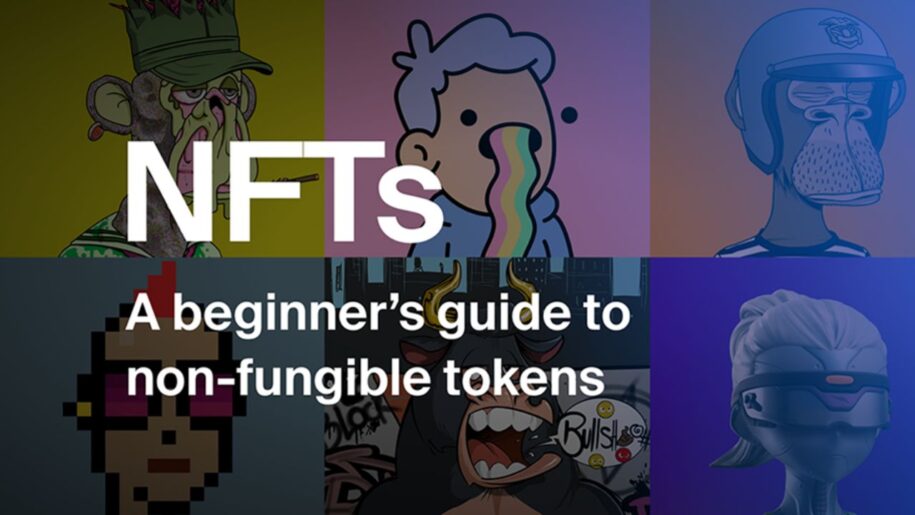
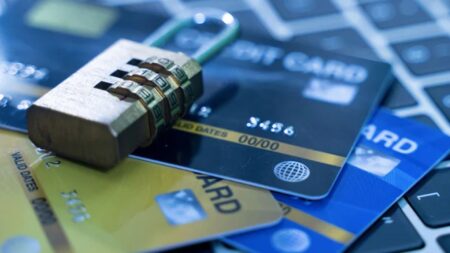
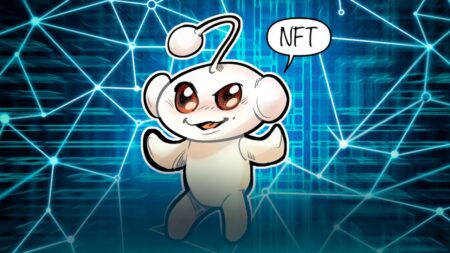
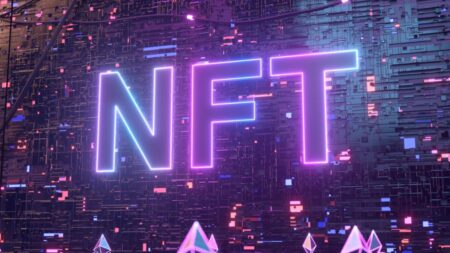
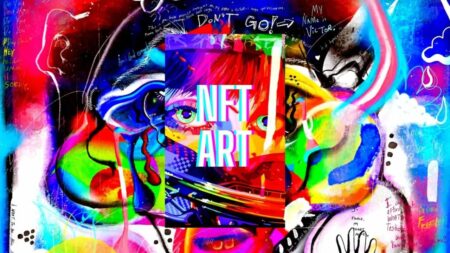
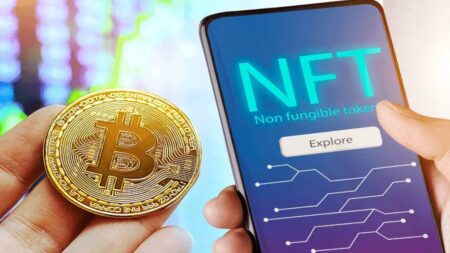
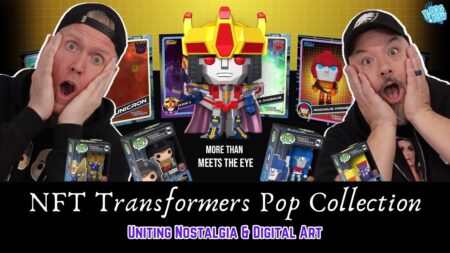
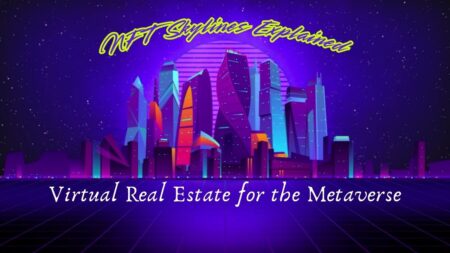

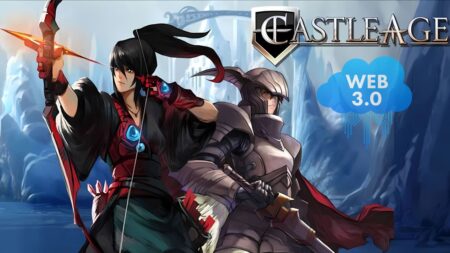

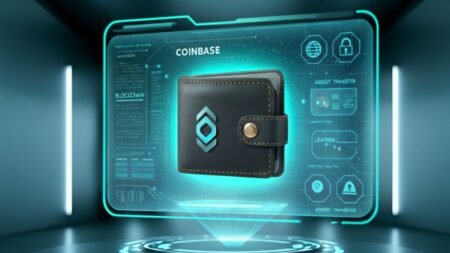
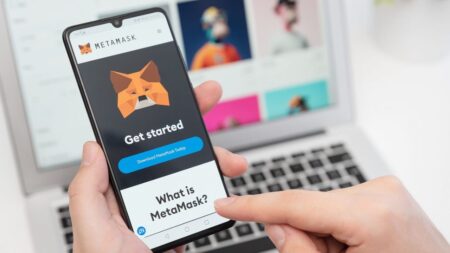
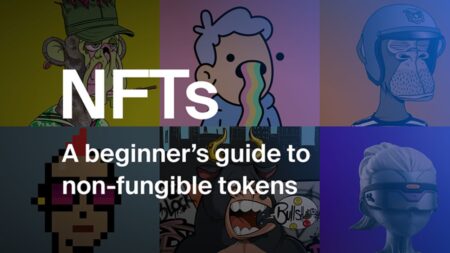
Leave a Reply